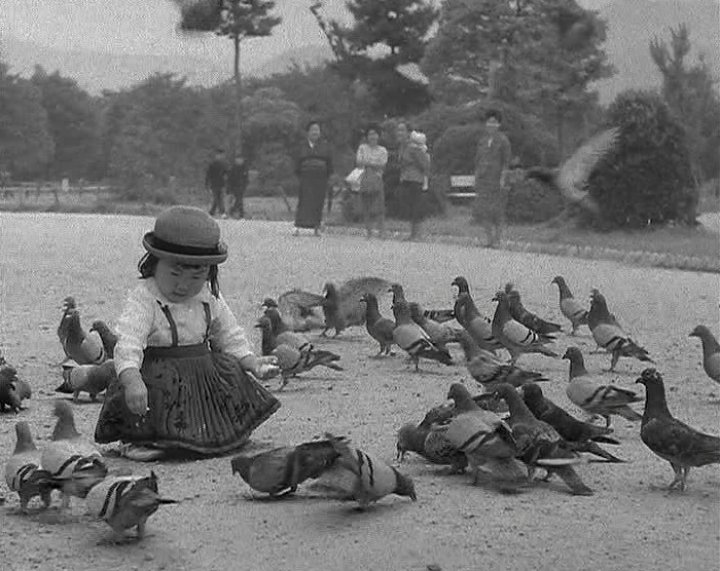Something ought to be said about the Golden Age of Japanese Cinema for film historians, film buffs, film distributors, film enthusiasts, and fellow cinéastes worldwide. Something ought to be said for why a budding, African-born, American indie filmmaker is writing a blog on the topic in 2017 nearly two generations later–on the impact the Japanese made in film lore. Early ’50s through early ’60s Japanese cinema was by far the best in the world–light years ahead of Hollywood–with masterful cinematography, near-flawless acting, solid costume & production design, stellar written storytelling across genres (horror, drama, action, and romance), captivating stylistic approach, and even profound film music scores. Besides the works of the legendary international icon Akira Kurosawa other great, lesser-known filmmakers included Keisuke Kinoshita, Mikio Naruse, Yasujirō Ozu, Kenji Mizoguchi, Kon Ichikawa, and Kaneto Shindo. Such great Japanese films completed in this time period included: “Yojimbo”, “Early Summer”, “Sound of the Mountain”, “Harakiri”, “Fires on the Plain”, “Rashomon”, “Ugetsu”, “Floating Weeds”, “Children of Hiroshima”, “The Burmese Harp”, “Ikiru”, “The Human Condition”, “Godzilla”, “High and Low”, “When a Woman Ascends the Stairs”, “Repast”, “Seven Samurai”, and my favorite–“Tokyo Story”. What I find more interesting about the topic of the Golden Age of Japanese Cinema is not so much the profundity of its great film art but more so, how it has been snubbed in the global conversation on film history.
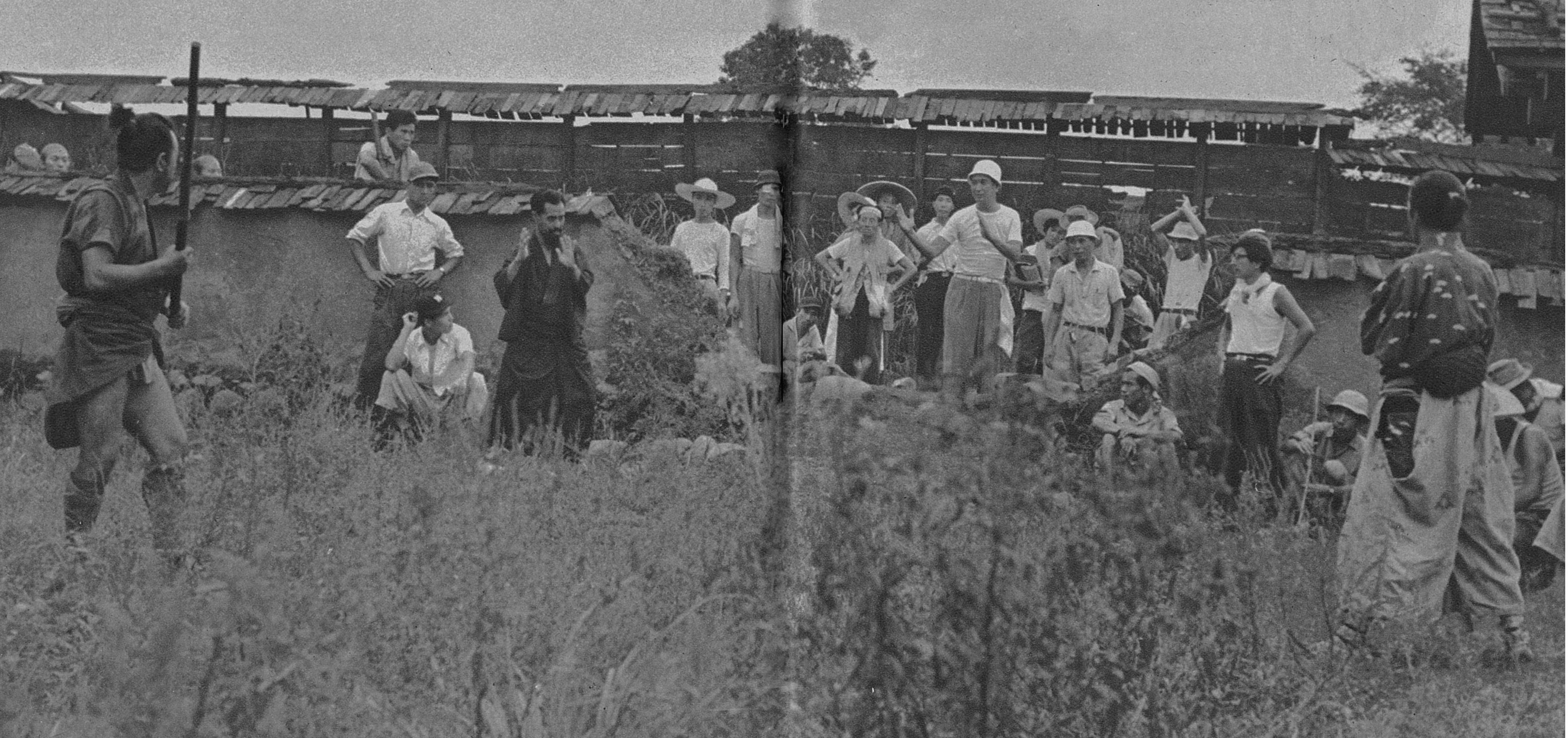 While I hesitate to group things, people, accomplishments, and certainly–works of art in superlative categories that begin with the “Best” or “Greatest” I feel rather slighted in my formal education on global, film history that have shaped cinema as we know it today. Without getting to the nuts and bolts of why this happened in my days as an enthusiastic film student I am convinced in one thing as the reason for this apparent snub–Eurocentrism. In a world where Western nations dominate the business, political, and economics stage and render a near hegemony on most activities, policies, and access throughout the world it is no wonder the academia, and the arts very much fell in line with “European thinking”. Moreover, coupled with Hollywood’s domination of the film industry especially after World War II we see a provincial outlook in the industry among movie directors, producers, actors, and even writers who have put out films through the years targeting a specific demographic market. Add that with the Japanese role in World War II as a member of the Axis power a Japanese snub come as no surprise as the marginalization of the “enemy” where not even two atomic bombs could help lift.
While I hesitate to group things, people, accomplishments, and certainly–works of art in superlative categories that begin with the “Best” or “Greatest” I feel rather slighted in my formal education on global, film history that have shaped cinema as we know it today. Without getting to the nuts and bolts of why this happened in my days as an enthusiastic film student I am convinced in one thing as the reason for this apparent snub–Eurocentrism. In a world where Western nations dominate the business, political, and economics stage and render a near hegemony on most activities, policies, and access throughout the world it is no wonder the academia, and the arts very much fell in line with “European thinking”. Moreover, coupled with Hollywood’s domination of the film industry especially after World War II we see a provincial outlook in the industry among movie directors, producers, actors, and even writers who have put out films through the years targeting a specific demographic market. Add that with the Japanese role in World War II as a member of the Axis power a Japanese snub come as no surprise as the marginalization of the “enemy” where not even two atomic bombs could help lift.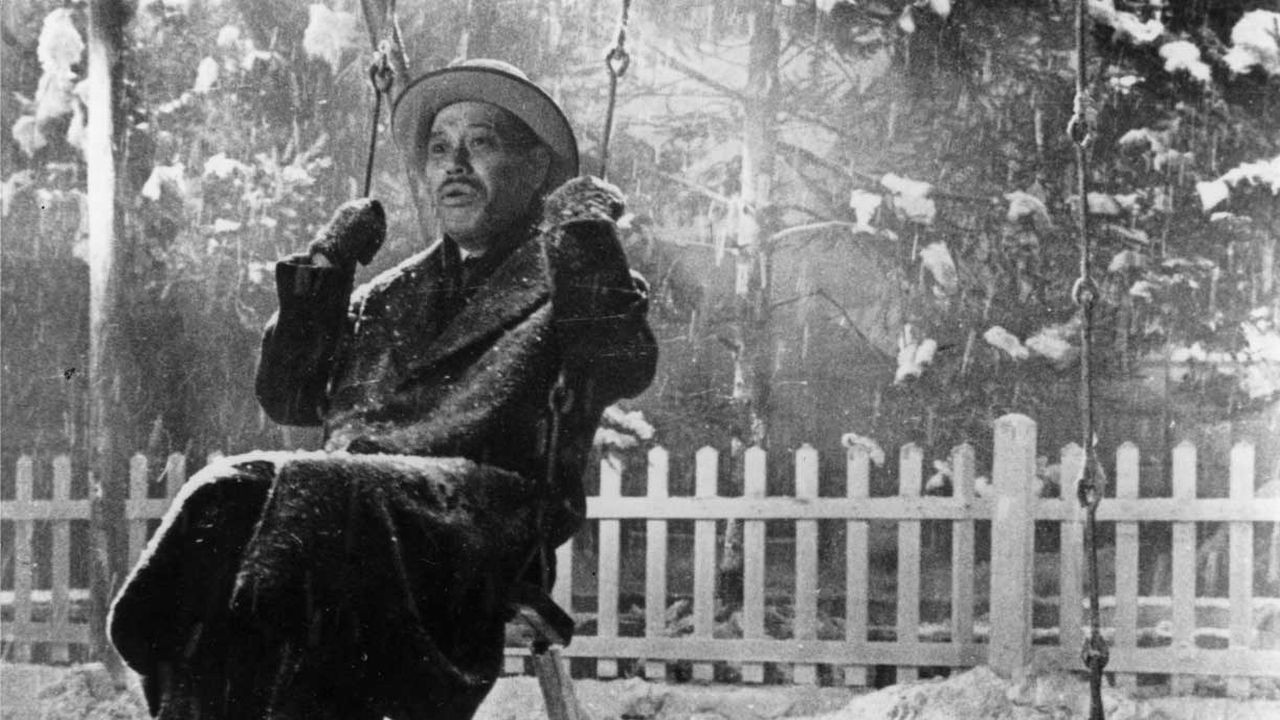
As a student soaking in the survey of film history I went through all the major film movements of study and the style its renowned auteurs put out and introduced. Italian neorealism of the mid-40s through early 50’s led by the works of Federico Fellini, Roberto Rossellini, Vittorio De Sica, and Giuseppe De Santis certainly paved the way in poetic expression of realism set in post-war Italy. French New Wave (the French terminology La Nouvelle Vague) brought a new approach with an avant-garde style that broke with conventional norms practiced for decades. Two of the movement’s seminal figures were Jean-Luc Godard and François Truffaut. Godard’s 1960 film, Breathless, is the best example of the movement’s rejection to particular norms as jump-cuts were used in the ongoing sequences of the film’s story. There is no denying Godard’s influence and inspiration among a range of important filmmakers later down the road. The British had its own New Wave film movement in the late 1950s through late 1960s which brought to the scene the usual in black-and-white visual approach but with a spontaneous quality, often shot in a pseudo-documentary (or cinéma vérité) style on real locations and with real people rather than extras–apparently capturing life as it actually happens. German Expressionism, a creative movement, that reached its zenith in the 1920s Berlin scene, actually spilled into film art as an infectious appeal. German expressionist films have been analyzed to have highlighted the coming days of the Third Reich. Then of course there was the film noir tradition of American cinema that traversed from the early 40’s to the late 50’s with the directing works of “The Master of Suspense” Alfred Hitchcock to the acting of Humphrey Bogart especially in the movies, “The Big Sleep” and “The Maltese Falcon”. Unfortunately, nothing on the Golden Age of Japanese Cinema. I had to learn on my own years after my days as a formal, collegiate student what the Japanese did.
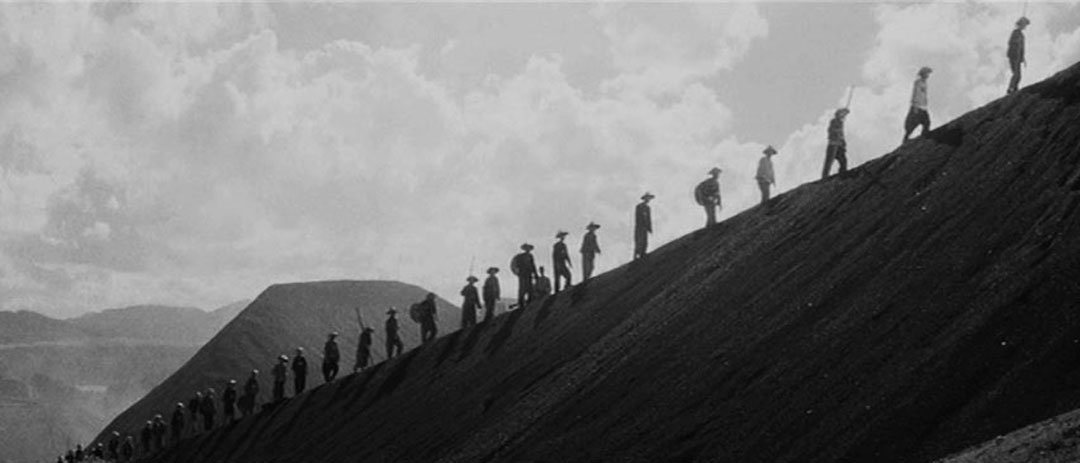
What’s often illuminating in a discourse on the various film movements that brought it’s own signature and moment in film history is how each one was not only influenced by the next but how it utilized and, in some cases, transcended previous impact film approaches and styles. This is important in exploring how film artists through screen writing, camera directing, and acting played a long, continuous role in the thread of great, important filmmaking. However, Japanese cinema during the period Europeans and Americans were out and about creating could not be ignored. Akira Kurosawa seems to be the first and only figure to reach an international and mainstream audience with his legendary films: “Ikiru”, “Seven Samurai”, “Yojimbo”, “Kagemusha, “Throne of Blood”, “Sanjurō”, “Ran”, and “The Hidden Fortress” (which was the film to inspire George Lucas himself to create his Stars Wars franchise). Kurosawa’s nearly 6-decade legendary film directing career was established with numerous awards that etched his name in the place of film achievement rarely passed since. But, why only Kurosawa? As deservedly of the accolades he received and as great of a filmmaker he was behind the camera, delivering the best out of his actors, and the inserting of an epic fight and encounter scenes in the climax of his movies–why was his works exclusively the illuminating light and example for Japanese cinema during the moment of its pinnacle years? I can only speculate to such a question–perhaps, Westerners were only comfortable in filling one slot of a cinema machine out of a distant country to their growing audiences. Perhaps, it was the bitterness and animosity the West still held for Japan with their involvement in World War II. Perhaps, many film critics and historians were convinced Kurosawa’s works highlighted what the Golden Age of Japanese Cinema represented and that he alone was enough to prop up that era of film works. Maybe, Japanese film marketing was nowhere near as great as its films.
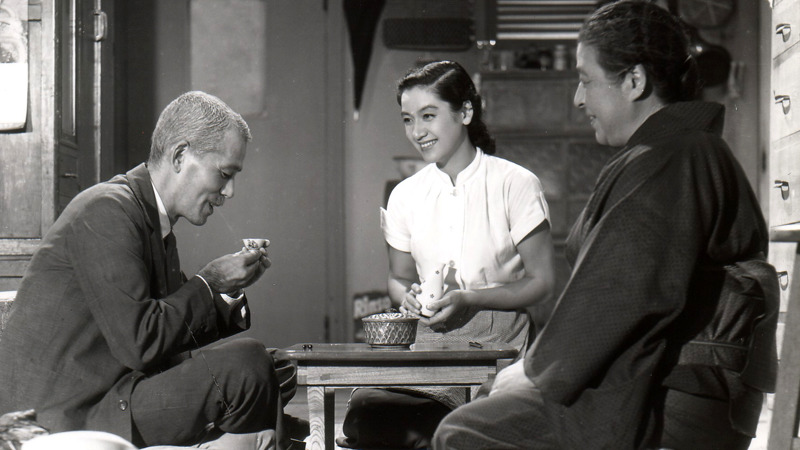
Whatever the reason for the apparent snub then and up to now one thing is clear for anyone who has encountered or embarked on the film works the Japanese were constructing from the early 1950s through the early 1960s–something special and timeless was happening. Masaki Kobayashi’s Japanese epic film trilogy, “The Human Condition” takes us to a place of profound emotion illuminated with almost near stellar perfection of the dark side of war. Yasujirō Ozu’s masterpiece, “Tokyo Story” delivers an intense and gripping account of growth in modern human beings in the backdrop of a growing, rebuilding metropolitan that often leaves an earlier generation behind. “Children of Hiroshima” is another telling film story of the innocence in collateral damage war often creates where the searing shot of naked children running in the street from the effect of the atomic bomb and the nuclear effects laid out afterwards is as powerful of a film depiction as any other. What we are seeing in observing these trends of films is a powerful visual-spatial dimension expressed in each of these films delivered by the poetic movement of a camera, a vivid production design that captures every mood of the story, the leitmotif of moral lessons learned–philosophically undertaken and psychological understood. One can even make a leap in implying the importance of World War II to what evolved in the Japan film industry once the nation lost the war. It’s often noted that with successes and failures is the tragic comedy of life; the ying and the yang of positives and negatives toward what is achieved and established. It is in tragedy that we, human beings, often triumph.
